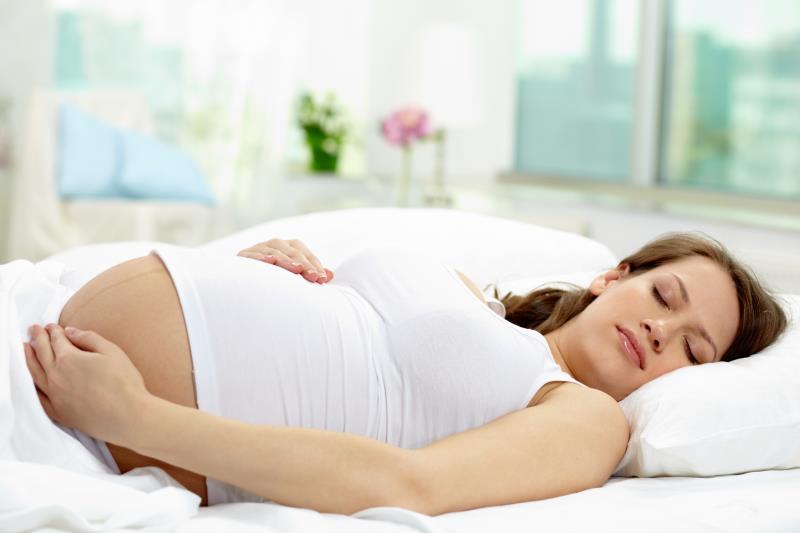
An inverse association exists between early pregnancy maternal serum concentrations of perfluoroalkyl substances (S-PFAS) and late pregnancy diurnal urine (dU)-cortisone, which signifies a reduced activity of the enzyme 11β-hydroxysteroid dehydrogenase (11β-HSD) isoform 2, according to the results of a recent study.
This study, which sought to examine a possible effect of early pregnancy PFAS exposure on late pregnancy activity of 11β-HSD1 and 11β-HSD2 assessed by cortisol and cortisone levels in dU and blood samples, was part of the prospective cohort study Odense Child Cohort (OCC).
Overall, 1,628 women had five S-PFAS (ie, perfluorooctanoic acid [PFOA], perfluorooctane sulfonic acid [PFOS], perfluorohexane sulfonic acid [PFHxS], perfluorononanoic acid [PFNA], and perfluorodecanoic acid [PFDA]) measured in the first trimester (median gestational week [GW], 11). The authors measured dU cortisol and cortisone (n=344) and S-cortisol (n=1,048) in the third trimester (median GW, 27).
Multiple regression analyses demonstrated the association of a twofold increase in S-PFOS with lower dU-cortisone (β, –9.1 percent; p<0.05) and higher dU-cortisol/dU-cortisone (dU-C/C; β, 9.3 percent; p<0.05). In crude models, a doubling in PFOS, PFOA, PFHxS, and PFNA concentrations led to a significant increase in S-cortisol. However, such relationships did not persist after adjustment.
“During pregnancy, maternal cortisol levels are increased threefold by the third trimester,” according to the authors. “The enzyme 11β-HSD regulates the balance between cortisol and cortisone levels. PFAS have been reported to inhibit 11β-HSD1 and more potently 11β-HSD2, which could lead to reduced levels of cortisol and more extensively cortisone.”